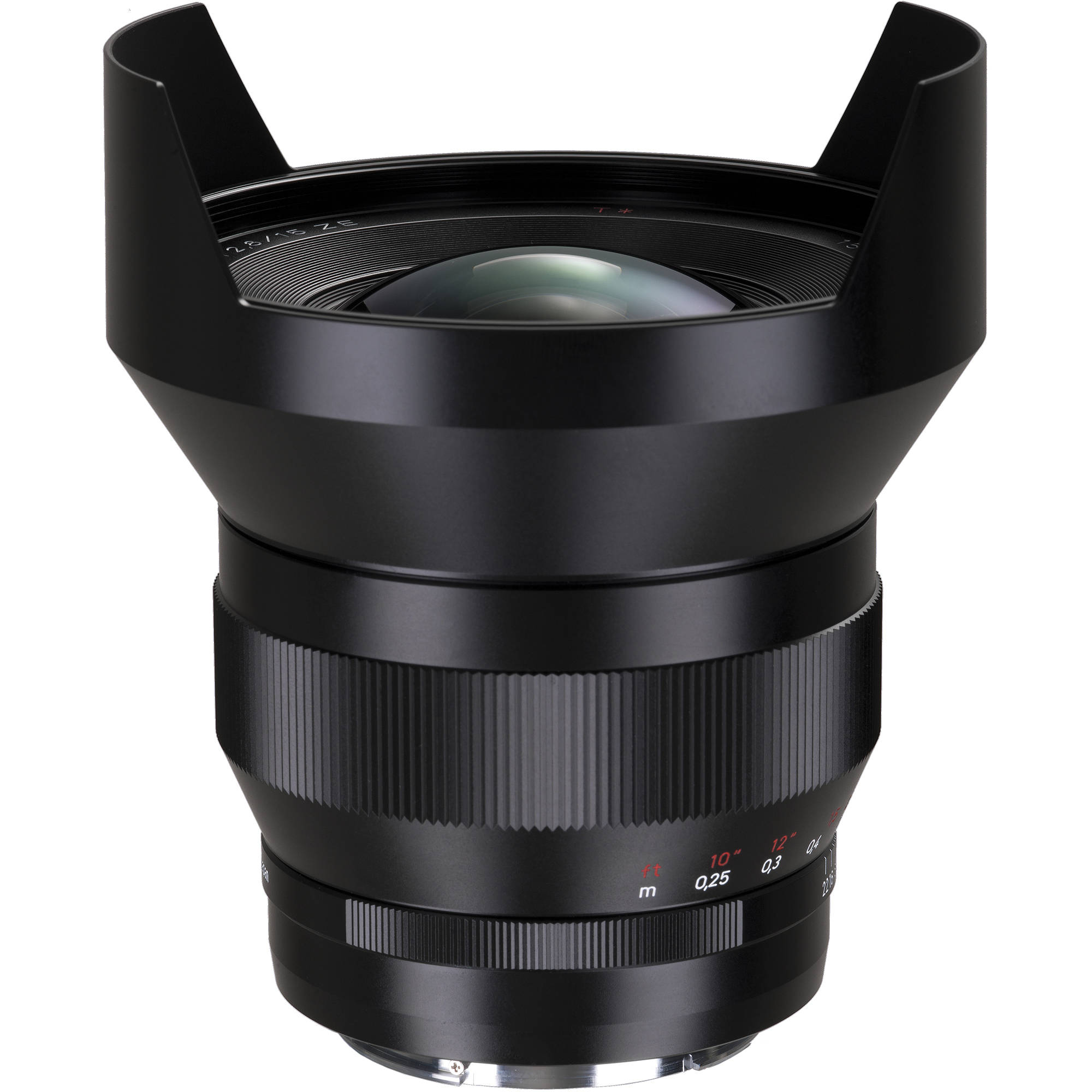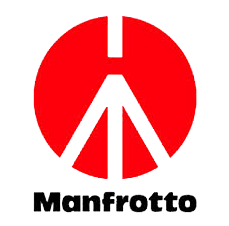The Carl Zeiss Planar 1,4/50 with C/Y mount is a typical representative of the 1.4/50 class
Sample Images

Sony a7ii | Zeiss 1.4/50 | f/8
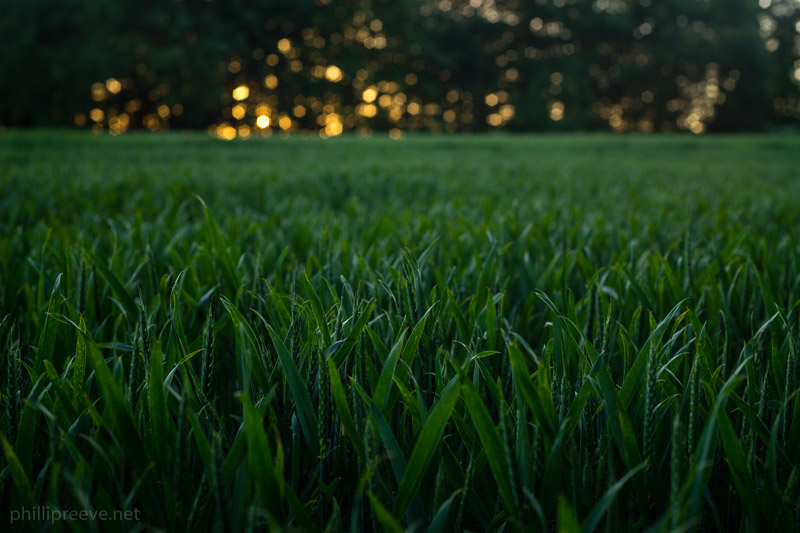
Sony a7ii | Zeiss 1.4/50 | f/2.8
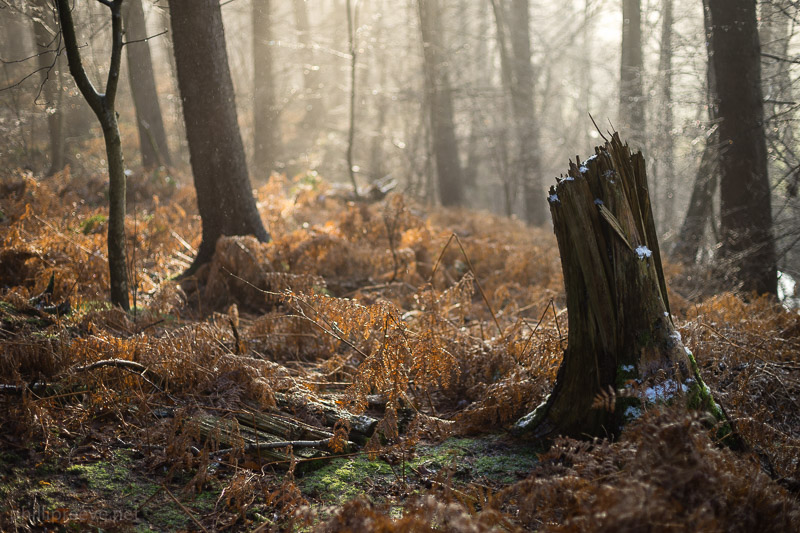
Sony a7ii | Zeiss 1.4/50 | f/1.4
Specifications
-
- Diameter: 62.5mm
- Length: 41mm
- Weight: 290g
- Filter Diameter: 55mm
- Number of Aperture Blades: 6
- Elements/Groups: 7/6
- Close Focusing Distance: 45cm
- Mount: Zeiss C/Y
Versions
There are two versions of the Zeiss Planar 1.4/50 T*.
The older AE version introduced in the mid 70’s. It will not allow program and shutter-priority with film cameras. It was made in Japan from the beginning while other C/Y lenses were manufactured in Germany before production was moved to in Japan (als called AEJ). Unlike the later MM version the AE version has Ninja-star shaped bokeh circles stopped down, see the bokeh paragraph.
The younger MM version was sold from 1984 to 2005. It can be identified by the green color of the f/22 marking. If you want to buy a younger copy look out for a serial number which starts with 8. If you want to leitax your lens to Nikon F-mount or Sony A-mount you need to buy the MM version but the process might be irreversible.
Zeiss still services the MM version but not the AE version.
Zeiss also sold the Planar to Rollei. The HFT Planar 1.4/50 with QBM mount can be bought for a little less than the Zeiss version so if you want to use it on the Sony a7 series it is probably the smarter buy but you need a different adapter.
Compatibility
The Zeiss Planar 1.4/50 can of course be used on a wide range of Contax and Yashica film cameras but I know little about those so I can’t tell you any details.
You can also buy adapters to use it on Canon EOS cameras but in some cases the mirror will hit the back of the lens. Check out this site for more information.
To use a C/Y lens on a Nikon F-mount camera you need to replace the mount of your C/Y lens.
The easiest way to use a C/Y lens on a digital camera is to buy a mirrorless camera. I can only recommend to buy a full frame camera so the Sony Alpha 7 series cameras are your only choice (unless you have too much money and want a Leica SL). Check out this article for more information about how to use manual lenses on the Sony a7-series.
Build Quality
Build quality is superb and the lens feels very solid.
The barrel is made of metal with very low tolerances. Both focus and aperture ring are rubberized and easy to grip.
All markings are engraved
Size, Weight and Handling
The Zeiss Planar is well well balanced on the Sony a7. There are of course a bit smaller and lighter lenses but for handling the Planar is just the right size and weight.
The focusing ring travels about 110 degrees from 0.45m to 1m and a further 80 or so degrees to infinity. I think this is a very good transmission, focusing was easy at any distance. The focusing feel is quite nice: Very precise but not too smooth.
The aperture ring has full stops from f/1.4 to f/22 but it isn’t too hard to select half-stops because the focusing ring travels quite far and is well damped. I think it is one of the nicest aperture rings I have ever used, resistance is just right and every stop very distinctive.
Honestly I wouldn’t know how to improve the handling of the Planar 1.4/50.
Lens Hood
I don’t own a hood for the Zeiss Planar 1.4/50 but according to mir.com there were two different hoods: The Metal Lens Hood No.4 and the Soft Lens Shade 55mm G-11.
Since the Planar i quite flare resistant you don’t really need a lens hood.
Filters
The 55mm filter thread is made from metal
The front of the lens does not rotate so polarizers are easy to use.
Image Quality
Vignetting
At f/1.4 vignetting is significant at 2.2 stops but that is usual for a 1.4/50 lens. At f/2 it is reduced to about 1.3 stops and by f/2.8 vignetting is down to 0.5 stops which should be irrelevant for almost any application.
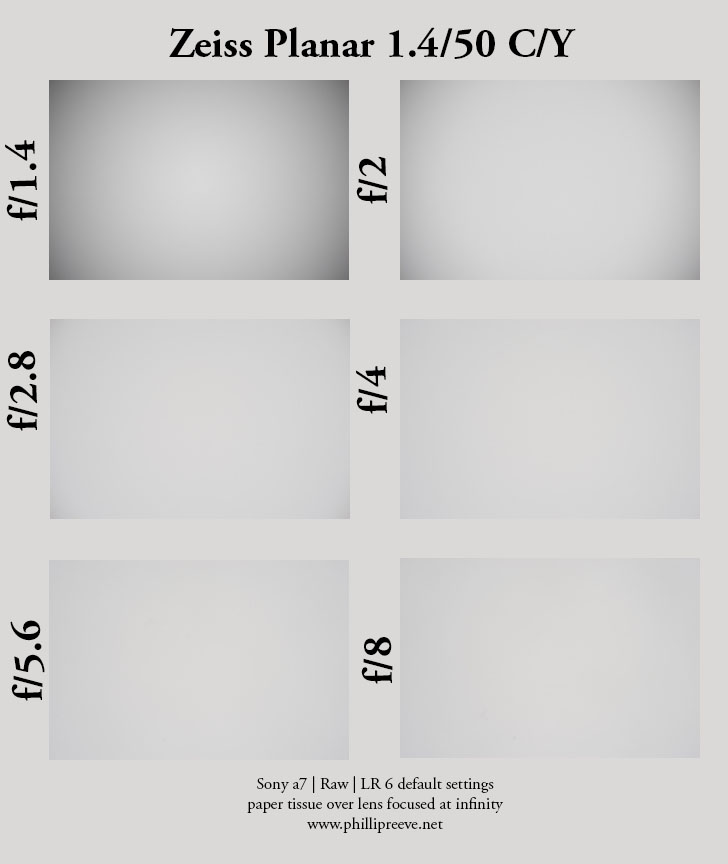
Flare Resistance
The flare resistance of the Zeiss 1.4/50 is quite good especially if you compare it to other lenses from the same era. There is only a little veiling flare which causes contrast loss and only minor ghosting in very demanding situations. This sets the Zeiss apart from many other 50mm lenses, my Minolta MC 1.2/58 is much worse and the Canon nFD 1.4/50 not much better.
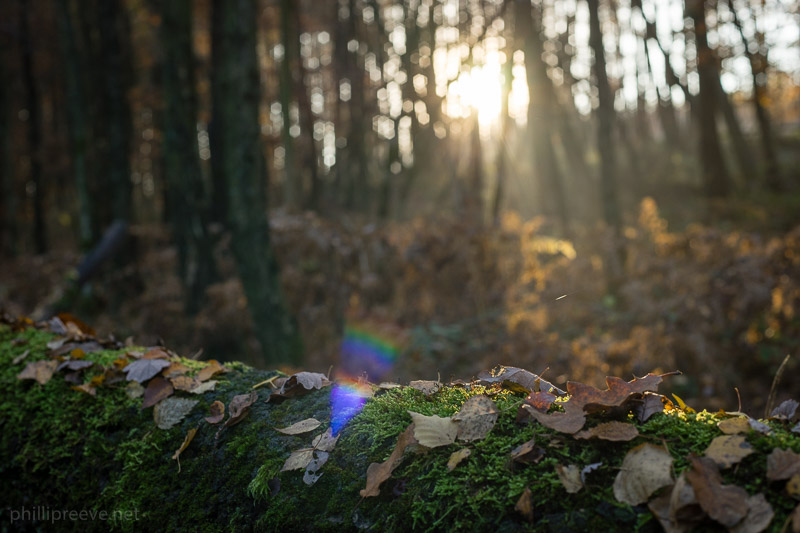
Sony a7ii | Zeiss 1.4/50 | f/2.8
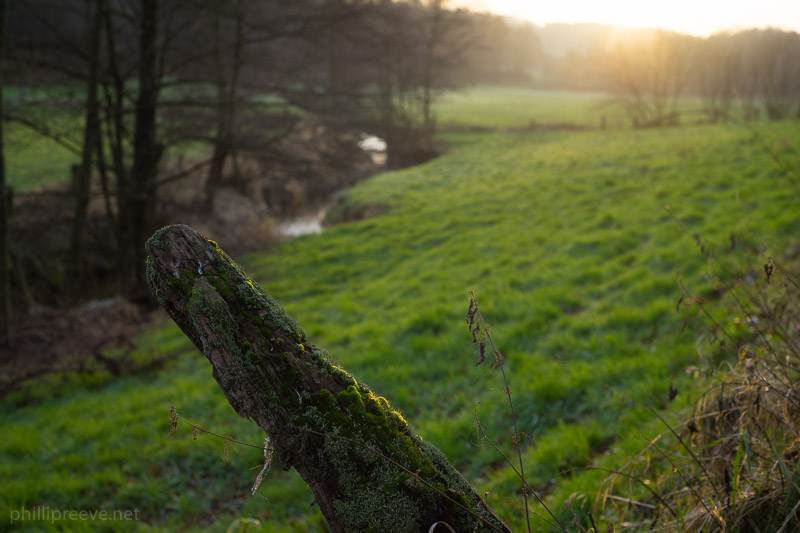
Sony a7ii | Zeiss 1.4/50 | f/2.8
Distortion
The Planar shows some barrel distortion, a setting of +3 corrects it very well in Lightroom. This is actually more distortion than most other 50mm lenses will have.
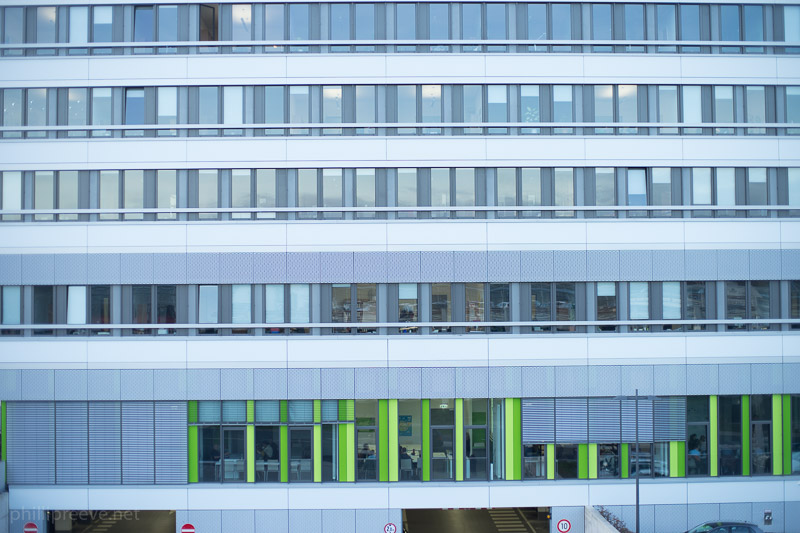
Sony a7ii | Zeiss 1.4/50 | f/8
Chromatic Aberrations
I can see no lateral CA which isn’t that uncommon for a 50mm lens but very good none the less.
Bokeh
At f/1.4 bokeh isn’t very smooth, out-of-focus highlights have a well defined edge. Stop the Planar down to f/2 or even better f/2.8 and bokeh becomes quite smooth and very pleasant.

Sony a7ii | Zeiss 1.4/50 | f/1.4
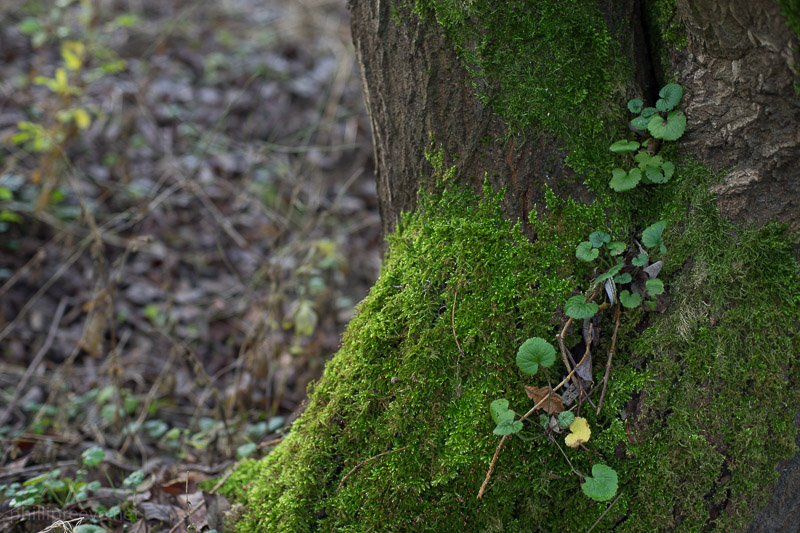
Sony a7ii | Zeiss 1.4/50 | f/2
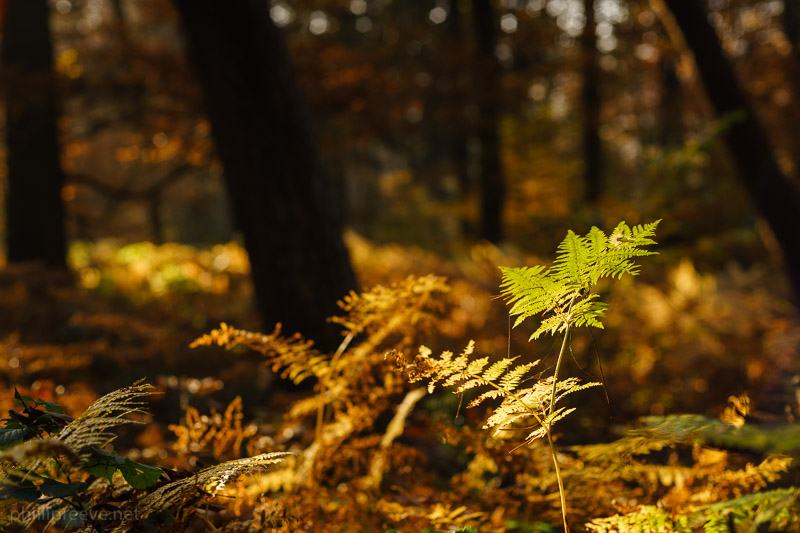
Sony a7ii | Zeiss 1.4/50 | f/2.8
There is one catch though and that’s the aperture blades. They are quite straight and you will often see distracting hexagons in oof areas. The effect is stronger than I am used to from other manufacturers lenses.
Additionally the AE Version of the Planar can show the saw-tooth-effect at f/2 and to a very minor degree at f/2.8, by f/4 it is gone. As far as I know the later MM version has a different aperture design and does not show this behavior.
So while the lens itself has quite nice bokeh the construction of the aperture detracts from the experience.
Sunstars
If forgot to test this aspect but since the Planar 1.4/50 only has 6 aperture blades so sunstars only have 6-pointed stars which won’t be too well defined.
Contrast
The Zeiss Planar has a lot of spherical aberration at f/1.4 which reduces contrast to pretty low levels. At f/2 contrast is improved a lot to good levels and it increases a little more at f/2.8 from where it is very good.
Sharpness
The full aperture series can be found at flickr.
f/1.4: Very good resolution but lower micro contrast in the center. The midframe region is quite soft, as are the corners.
f/2: Very sharp in the center but only in the center to about r=8gmm. Midframe and corner region are quite soft.
f/2.8: The center is excellent, the midframe region improves noticeably and is now good but the outer half of the image circle is still not very sharp.
f/4: Most of the image is excellent to very good now, only the extreme corners after r= 18 remain soft.
f/5.6: Almost of all of the image shows excellent sharpness now, noly the last few pixels in the corners are a bit soft.
f/8: On a higher resolution camera you will see a very small drop in sharpness in the center, the extreme corners are a bit sharper than at f/5.6
f/11: The whole image is a bit less sharp.
The short version: F/1.4 is good enough for some portraits when you are after a less contrasty look or for night time photography, f/2 gives very good results in a small central region, f/2.8 is my go-to aperture when I want excellent sharpness in the center but the corners don’t matter an from f/5.6 you get truly excellent results across the frame, only the last few pixels are soft.
Field Curvature
As the name of the name of the lens suggest the plane of focus is very flat. Zeiss writes in their how to read mtf-curves paper that the corners after r=18mm are less sharp due to field curvature but at least on my a7 I could not confirm that. The best focus for a subject in the center was usually the best focus for a subject in the corners as well.
My testing was done near infinity at f/8.
Close Focus Performance
The Zeiss 1.4/50 has a close focusing distance of 45cm which results in a reproduction ratio of 1:8 which is average for a 50mm lens.
The Planar does not feature floating elements so performance suffers quite a lot at shorter distances. I would avoid anything under f/2.8 and for best results you need to stop down to f/8 but even then the Planar is clearly less sharp than at longer distances.

Sony a7 | Zeiss Planar 1.4/50 | f/8

100% crops at close focusing distance: f/2 on the right is pretty soft, f/4 on the left is okay
Alternatives
Sony FE 1.8/55 ZA – Optically it offers smoother bokeh without the nasty hexagons, very good corner sharpness from f/1.8 and even better flare resistance. Stopped down to f/5.6 the difference will be minimal. The Sony lens of course offers AF but the manual focusing experience sucks.
Zeiss Loxia 2/50 – Smaller, sharper and more expensive. This modern manual lens is even more pleasant to handle and my recommendation for anyone who is willing to pay good money for a very pleasant experience. It is of course a stop lower but f/1.4 isn’t of much use on the Planar anywauy. The bokeh of the 1.4/50 is smoother but the Loxia has 10 aperture blades so you won’t have to deal with annoying hexagons.
Zeiss Milvus Distagon 1.4/50 – Three times as heavy, 8 times as expensive. But you get great bokeh and sharp corners from f/1.4, flare resistance is also exceptional. Handling is a lot nicer with the old Planar.
Minolta MD 2/50 – This super affordable lens has practically zero distortion and sharper corners at wider apertures. Build quality is a bit plasticky, the benefit of this is a very low weight of just 150g. The Planar feels a lot nicer, it has more contrast and nicer bokeh.
Canon new FD 1.4/50 – The Canon is a bit sharper at f/1.4, it has 8 aperture blades and it costs about a third of what the Zeiss costs. Sharpness stopped down is very similar but the Zeiss has better contrast. The Planar feels much nicer, it has better flare resistance and it has the nicer bokeh (did I already mention that the 6 aperture blades are annoying?).
Conclusion
| good
|
average
|
not good
|
The Zeiss Planar 1.4/50 T* is a very enjoyable lens and well suited for a wide range of applications.
Optically the Planar 1.4/50 is a typical fast normal lens. Wide open it shows lots of “character” which is a kind way to say that it has a lot of aberrations and is quite soft. Stop it down to f/2 and performance improves a lot and you will get sharp and contrasty images with nice bokeh as long as your subject is in the center of the image. From f/2.8 the center is excellent but you need to stop down to f/5.6 to get a very sharp image. The Planar 1.4/50 shares these attributes with many other 50mm lenses. There are three aspects where it can set itself apart from most of the competition: Flare resistance, contrast and build quality. But there are also a few less positive attributes: It has only six aperture blades which can be a distraction and it is quite abit more expensive.
Few lenses are built as well and handle as nicely as the Zeiss 1.4/50, bothe the focusng and aperture ring are among the best I have used. To me this is an important aspect of a lens, I don’t shoot for money I shoot because I enjoy the process and the end result.
I think the price is only partially justified by the performance, you certainly pay a premium for the Zeiss brand. Other 1.4/50 lenses which are very similar in performance sell for half as much.
All in all it is a versatile and capable lens which changes it’s character a lot as you stop down. At f/1.4 it displays many aberrations which can distract from your subject and while the center improves very fast you need to stop down to f/5.6 to get really excellent across the frame performance. Compared to other 50mm lenses it is very expensive but compared to many modern lenses it is still very affordable.
Hiện tại, Thiết Bị Gáo đang cho thuê lens Carl Zeiss 50mm f1.4 T* Planar CY với giá cực kì hấp dẫn. Thiết Bị Gáo là đơn vị chuyên cho thuê thiết bị dụng cụ hỗ trợ quay phim chụp hình tại TPHCM. Với đầy đủ chủng loại đa dạng phong phú, giá cả phải chăng, thiết bị luôn ở trong tình trạng tốt nhất. Đây là địa chỉ đáng tin cậy cho các dự án phim ảnh.

Sony a7ii | Zeiss 1.4/50 | f/8
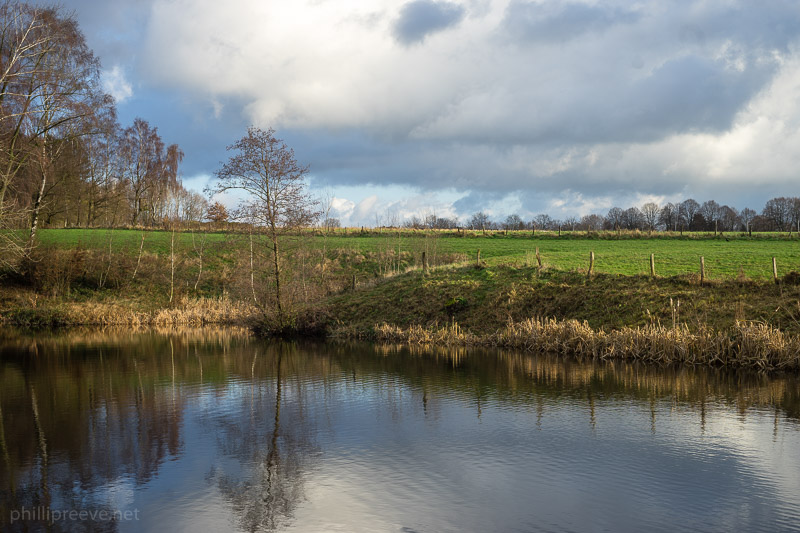
Sony a7ii | Zeiss 1.4/50 | f/8
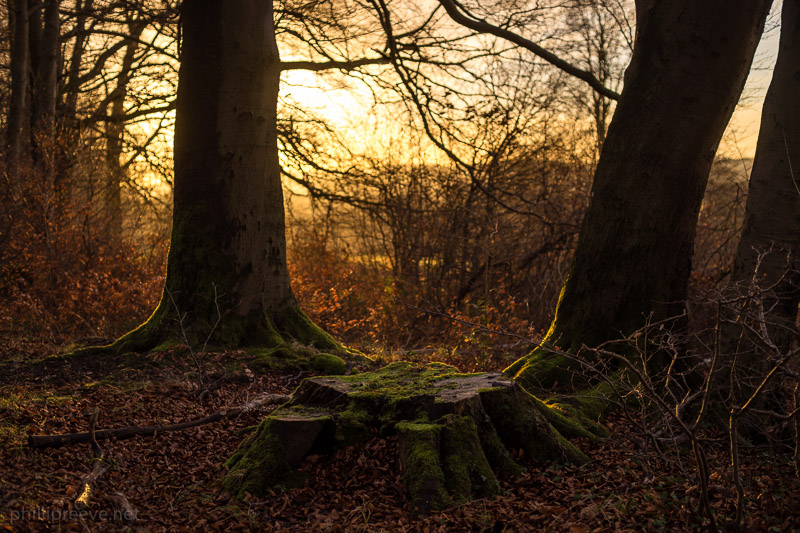
Sony a7ii | Zeiss 1.4/50 | f/2.8

Sony a7ii | Zeiss 1.4/50 | f/5.6
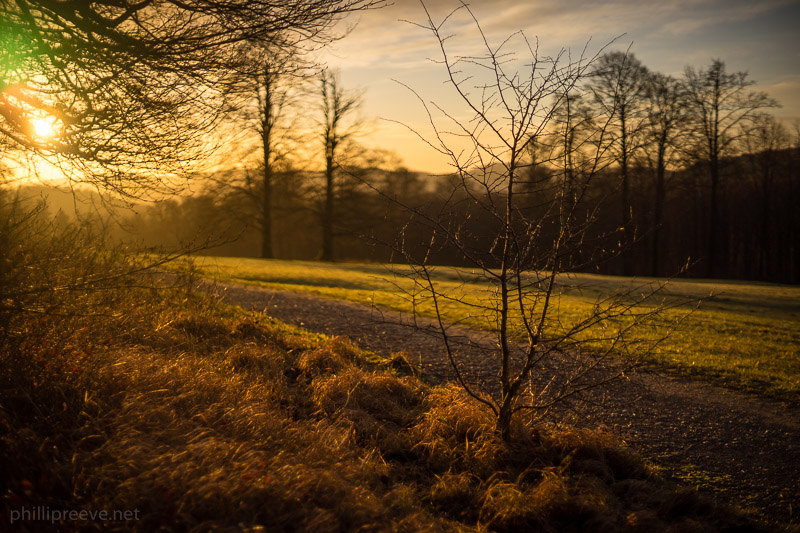
Sony a7ii | Zeiss 1.4/50 | f/1.4
.png)






















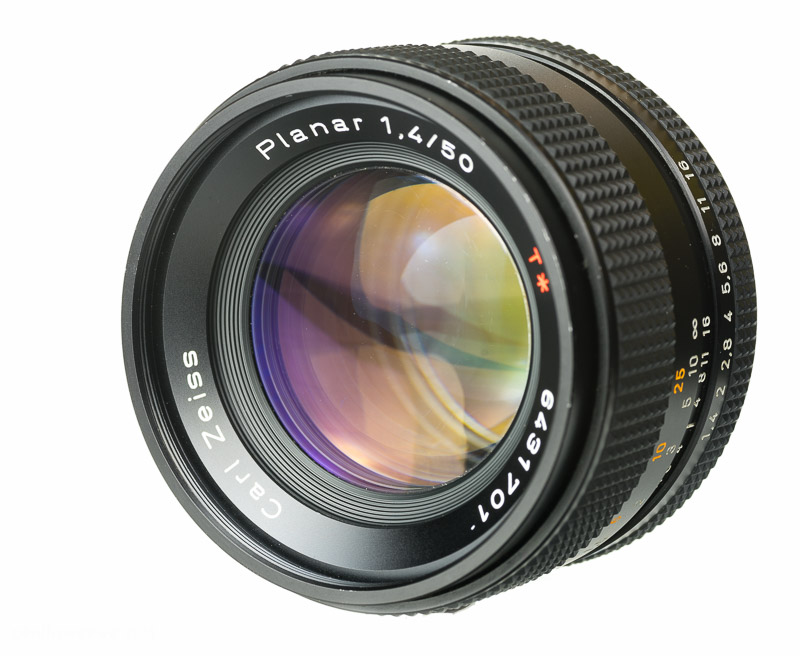
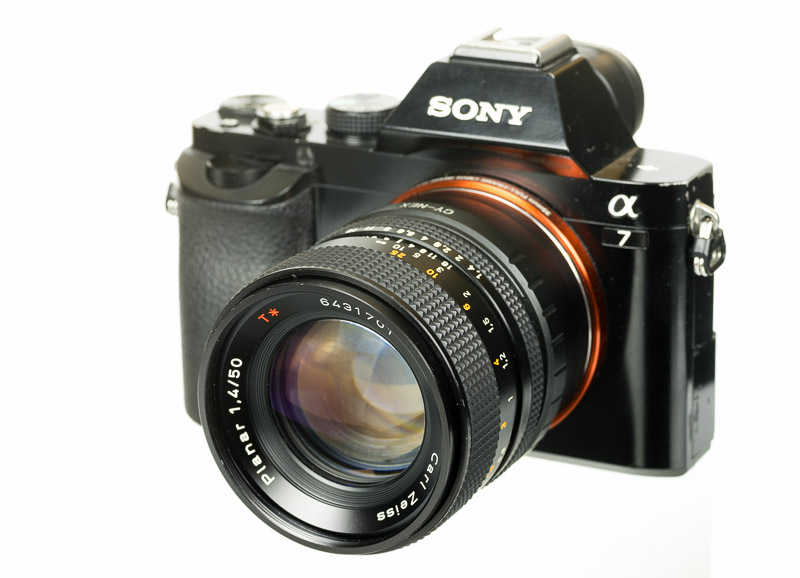
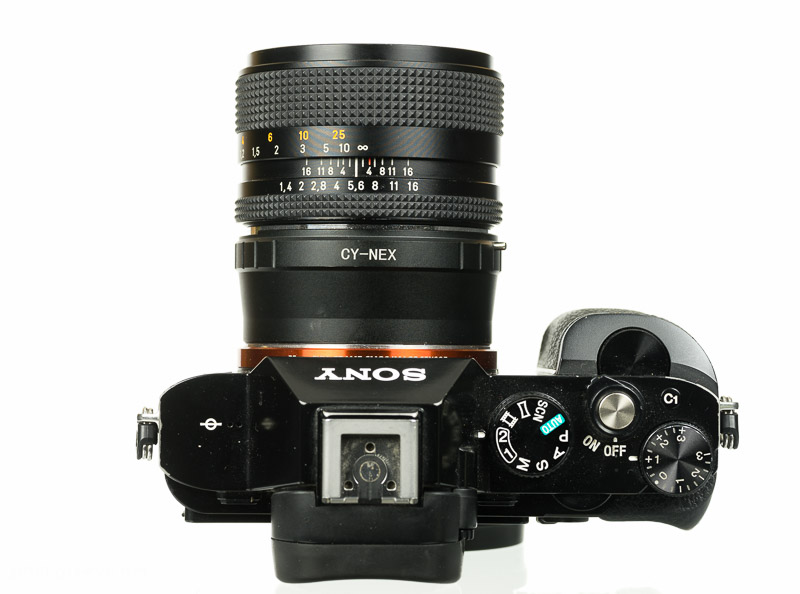
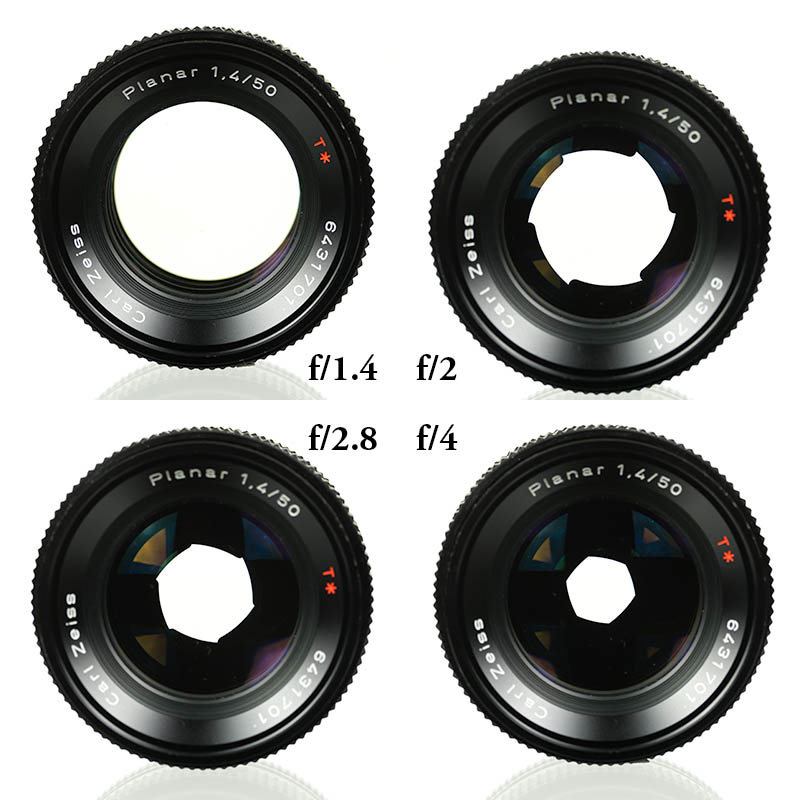

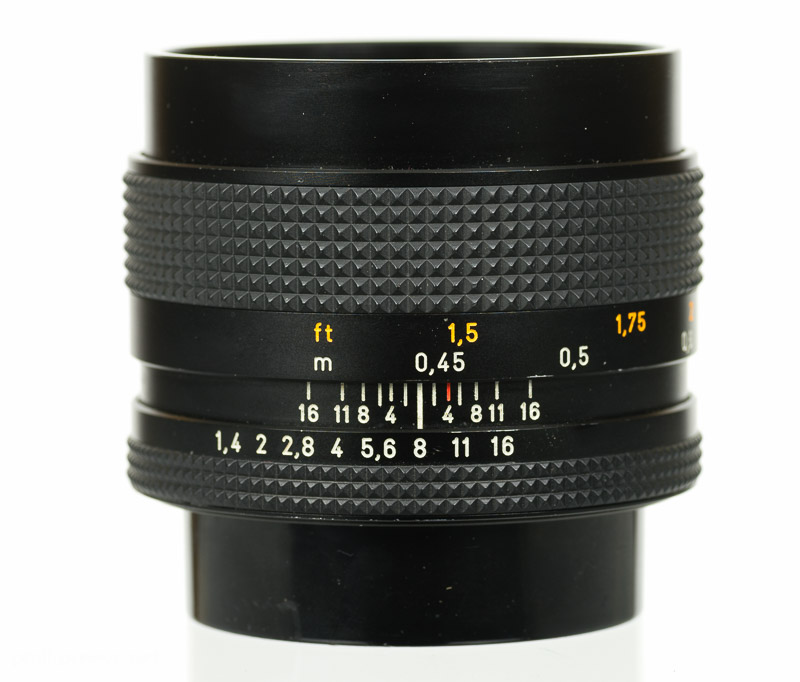












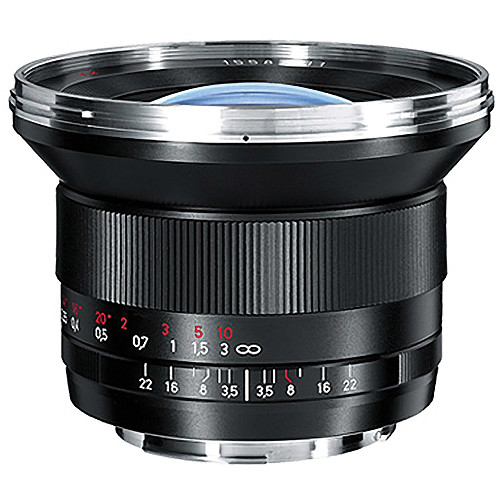

.jpg)


